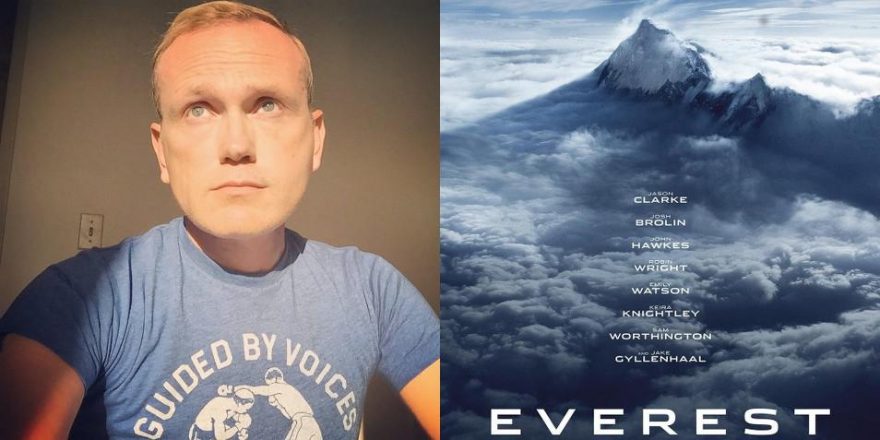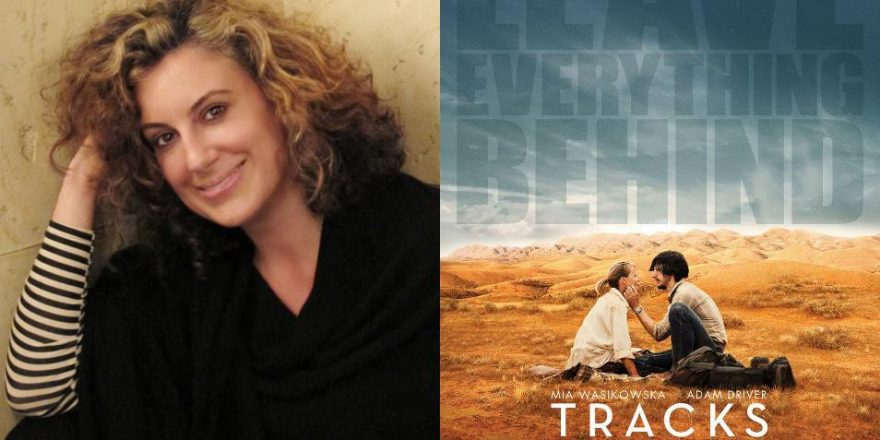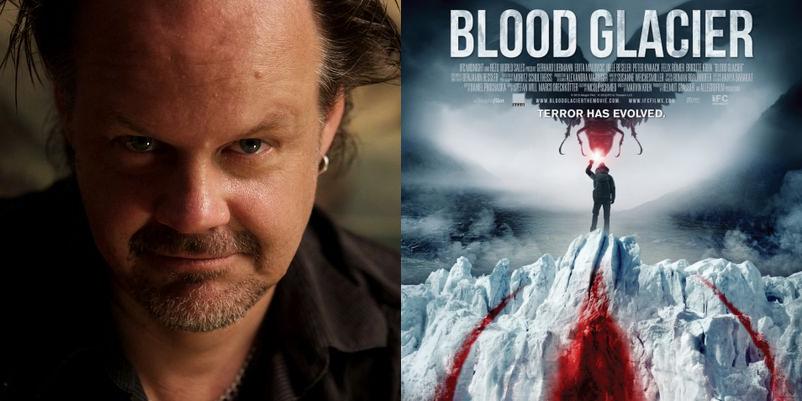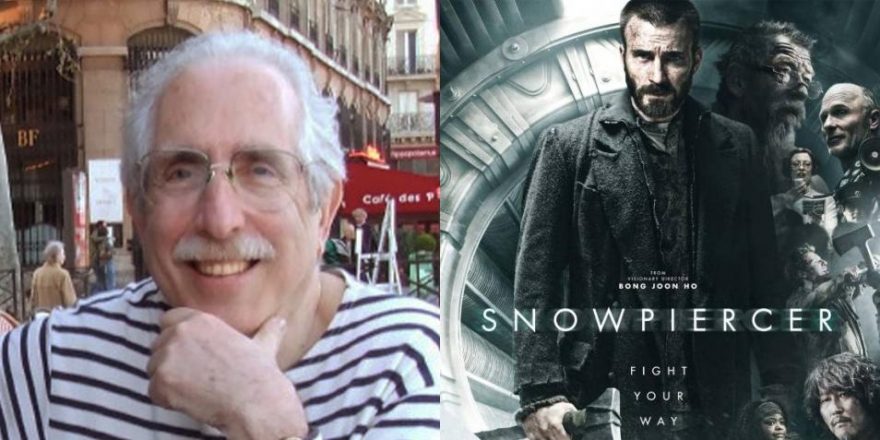My brother Jim, an esteemed film programmer, archivist and cinephile, recently confessed to me that he had become a real “macho shithead” when it comes to movies. Violent and/or manly movies were all he had patience for lately. I knew what he meant. As fraternal cinemaniacs, we grew up loving all kinds of movies, but action and adventure always held a special place in our hearts. In particular, we have consistently had an affinity for what one might call the “survival” subgenre. Movies usually pitting man against nature, with man often losing out to that primordial authority, sometimes alone (Cast Away, The Naked Prey, Man in the Wilderness), but often in groups (Alive, The Edge, The Grey, Flight of the Phoenix, et al.). Groups are better, because you watch each person get picked off one by one. This can be either pleasurable or harrowing. Or both. The great director John Boorman made particularly good films encompassing this theme, including Hell in the Pacific and The Emerald Forest. But none more memorable than his classic Deliverance. In Deliverance, men from the city come stuffed with ego to “conquer” the Cahulawassee River before it disappears, and it swallows them whole: physically, mentally and spiritually.
I’d often wondered what made us such fans of the man-against-nature survival movie. Maybe it’s because we of the chalky white skin and limited athletic ability enjoyed or, at the very least, appreciated being able to watch others suffer (in a darkened room, like mole people) while we remained safely at many arms’ lengths from nature itself.
A recent conversation with my father revealed to me that we share the same terror at the all-encompassing power of nature itself. The ocean and forests can envelop you and make you disappear forever. I didn’t learn to swim until I was 30 for fear of the water. I still won’t swim in the ocean. That giant mass could assimilate me in a matter of seconds and I’d never be found. I’ve been camping just once, in my twenties. My current rule is I have to sleep on a mattress. Every night. And I sure as hell would not try to climb a mountain, much less Mt. Everest. My dad and I agree that we have a healthy respect for nature. It’s something many a man (and woman) has thought they could control. There is no controlling nature. It’s god. It’s everything it should be. It will exist long after we are all reduced to dust. It’s meant to be that way.
The characters of Baltasar Kormákur’s Everest (all real-life people) have a healthy respect for nature too. It’s one of the things that drives them to scale the Earth’s highest mountain. They also have egos. They have something to prove. They’re not bad people. They have honest, decent goals, like showing others that ordinary people can do extraordinary things or – in the case of journalist Jon Krakauer, on whose memoir Into Thin Air the film is partially based – documenting those deeds for posterity. The ill-fated tour leader Rob Hall has a wife and soon-to-be-born child to provide for. For others, it is the sheer exhilaration of accomplishment. I know this feeling. It’s what drives me to do what I do.
But what befell this group scaling Everest in May 1996 was one of the worst tragedies in the history of expeditions to the peak. (In a devastating piece of irony, an even worse tragedy killed 16 people, all Nepalese guides, during the filming of the movie).
Everest is an hour of excitement as the group prepares and climbs the mountain, and an hour of a both literal and figurative comedown.
And it’s nothing short of masterful. One of the best pictures to ever emerge from the survival or man-against-nature genre. It’s exciting, harrowing, touching, heartbreaking, breathtaking and completely overwhelming. Kormákur made the wise decision that this should be an ensemble film. Always capable but never a “showy” director, he guides this outstanding group of actors with an authenticity and humanity rarely seen in big budget studio movies today. He also shot the film in 3D (if you are able, I highly recommend viewing it in IMAX 3D, as I did), making it a fully immersive experience. I can’t claim the emotional and physical devastation, but I feel like I was there with those men and women on Everest. It is the best use of 3D I have ever seen. It uses what is essentially a gimmick to put you in a place, emotionally and spiritually, with people by your side you feel you know. I’m sure the film is filled with special effects and CGI, but I was so fully absorbed in the world and the story that I did not detect any. I kind of don’t want to know how Kormákur achieved what’s on screen because it might take away from my experience of feeling like I was there. It’s movie magic used for the greatest good.
And let’s talk about this cast. It’s truly an ensemble. There are no “Oscar moments.” Each actor plays their part to serve the story and the other actors. The camaraderie of the men and women involved seems to mirror that of the actual mountain climbers. Each imbues their character with a deep sense of humanity and basic decency. Each gives generously to their fellow actors and their director, who has pulled off quite a trick indeed. I enjoyed the current trend of character actors becoming leading men (Jason Clarke, Michael Kelly, John Hawkes) and handsome leading men hitting their strides as character actors (Josh Brolin, Jake Gyllenhaal). It’s more like a ’70s film in that regard. That’s the highest compliment I can give. And some of our finest actresses (Emily Watson, Robin Wright, Keira Knightley) all shine here. New faces (to me, at least) Naoko Mori and Elizabeth Debicki are also outstanding. In a sense, Mori’s character has more to prove than anyone (she’s trying to become the oldest woman to scale Everest) and there is a great, tragic irony in her character’s accomplishments.
I’m a filmmaker and a cinephile but I’m primarily known as an actor. Acting’s probably the thing I love the most in this world, and in Everest we see actors unselfishly giving to each other and to all of us by delivering the story of real people in crisis. I consider it a community service. It is a genuine pleasure to watch. We feel the deep love and respect that must have existed amongst the cast and their real-life counterparts.
Everest maintains the excitement that we self-proclaimed “macho shitheads” enjoy (we all had red, tear-stained eyes in the men’s room after), but also devastates. Like Sam Peckinpah could simultaneously show both the appeal and revulsion of violence, Kormákur (and his team of artists and technicians) gives us a great thrill ride, the consequences of which leave us with a heavy heart. It shows us mankind at its best, even in its lowest moments (at the highest altitudes). But mostly, it shows us nature: its awe-inspiring beauty and its brutal power. It is to be respected and feared. It doesn’t mean we shouldn’t commune with it. But approach with caution. Or experience a fully immersive version of it in a darkened room with other macho shitheads. It just might do the trick for you.








